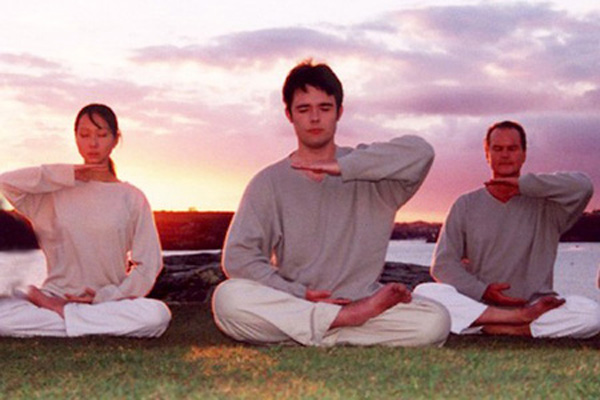Vital force is the concept in ancient Sino-Vietnamese thought. In its proper sense, it designates a fluid in gaseous form, a matter which rises, propagates and moves incessantly. Chinese materialist philosophy, especially in the Warring States period, formulated the theory of khí to explain the material origin of the world.

Khí represents an infinite small element which existed even before the birth of the universe and, therefore, is called the original energy (nguyên khí), the primary element. It can move and transform, giving birth to spirits and to humanity, which is an integral part of nature.

In traditional physiology, khí is the breath. To breathe luyện khí is a form of exercise for the respiratory system, a means of preserving and improving the health. In traditional medicine, khí huyết (breath and blood) are the two main elements of health; khí stems from the male principle (dương), while huyết derives from the female principle (âm). The equilibrium between dương and âm leads to good health (see yin and yang). First designating physiological strength, the term khí later broadened its sense to include spiritual strength. One may also speak of the vital force of a place such as khí thiêng sông núi (sacred spirit of the mountains and waters), or of a region or nation (its destiny and vocation).

